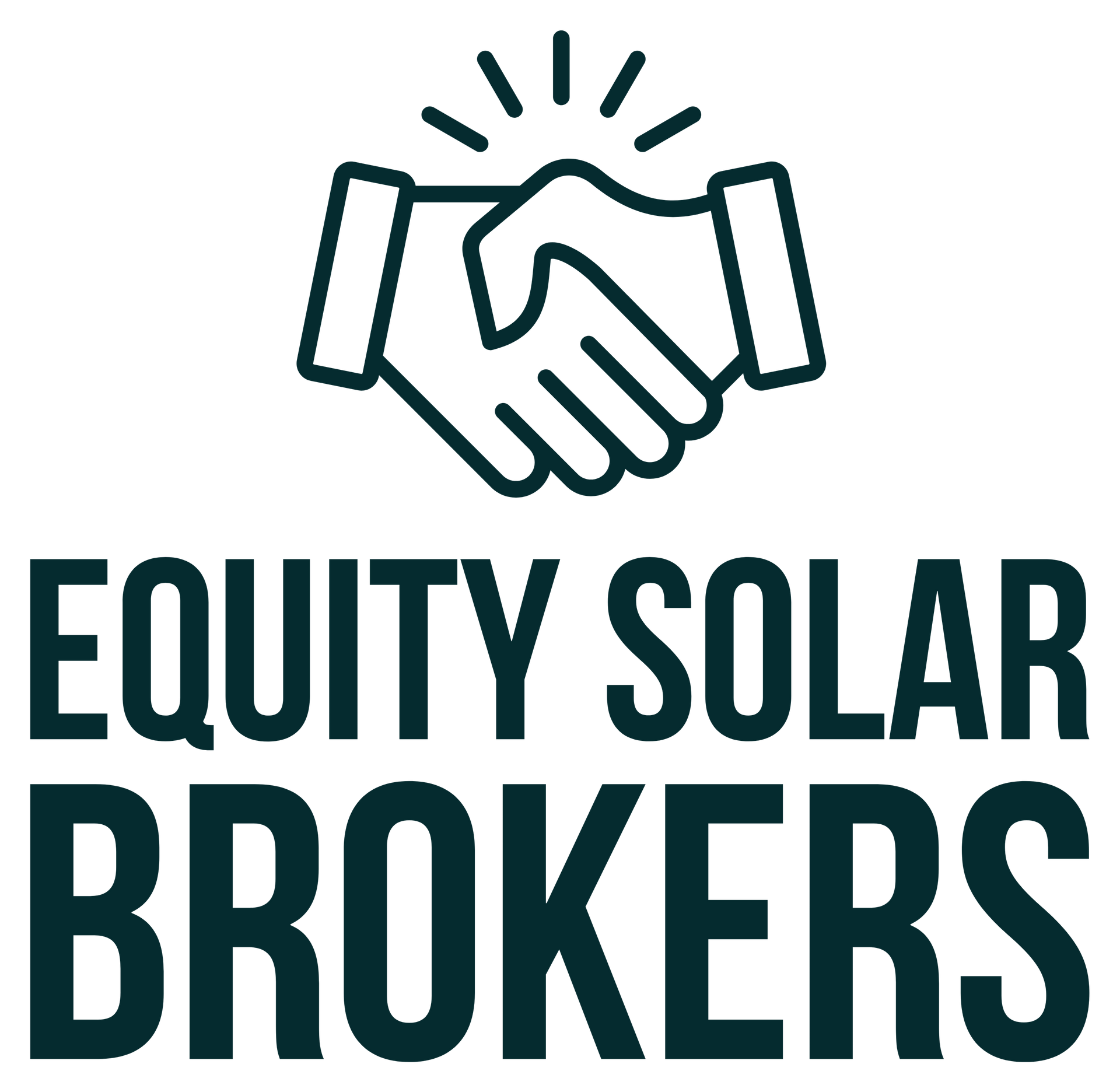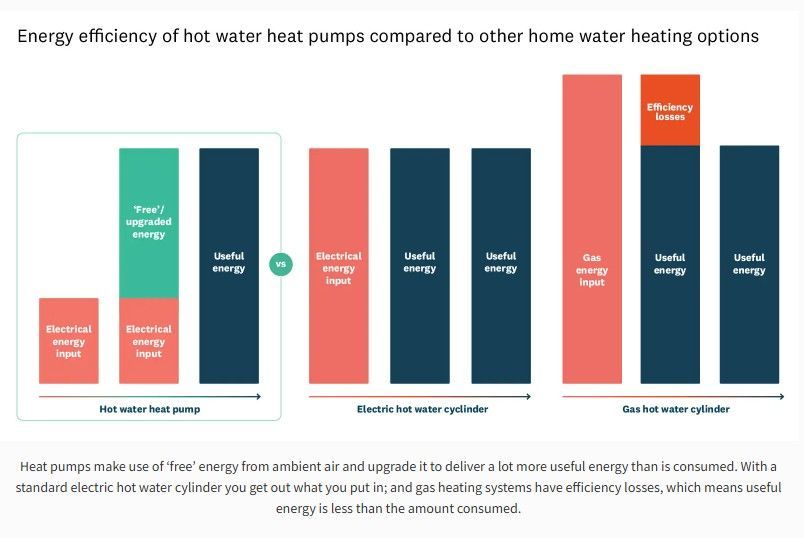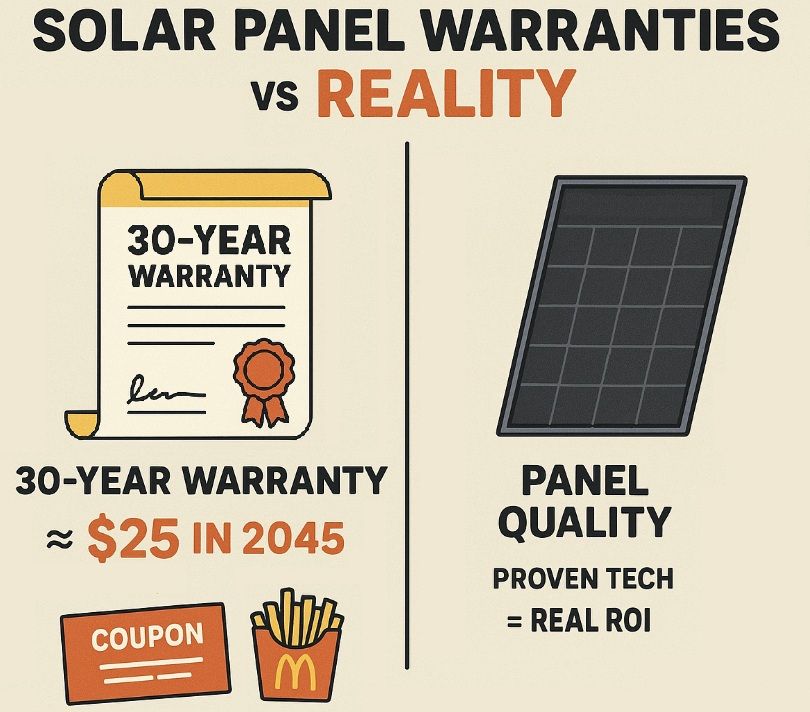When single-phase solar beats three-phase for backup performance and value.
So you're looking at solar, have a three phase home, and would prefer not to spend more than $35k on your solar setup.
Sounds fair enough.
Single phase might be your best bet.
But if you have a huge home, happy to spend $40k or more, check out this blog.
My home is Three-Phase, why would you recommend Single Phase solar?
Here's the thing. Many three phase homes are three phase because when they were built, they were the only home on the street.
Back then, it made sense for the only home on the street to sip power from all three phases.
(Power lines carry three phases of power. Each phase is basically just its own cable. Three cables.)
But if you've got neighbours now, chances are the power lines are more than capable of delivering all your homes energy needs on just one phase, especially if you have a solar system and batteries reducing your demand on that phase.
Before solar, a client of ours in Mangawhai was pulling 30,000 kWh per year on just one phase. Generally over 150kWh a day, and he was away 3 months a year! Now he has a Tesla Powerwall 3 with 32 450w panels. A 14.4kW system. Cost him $40,000 - and represents the upper end of single phase solar systems.
So our loose rule is, if your home uses less than 15,000 kWh per year, you can probably get a single phase solar system and reap all the benefits of single phase.
But why not go three phase?
Because three phase homes are essentially split into three sections. One phase might hit the kitchen. One might hit the bathroom and living area. One might hit the bedrooms and/or the shed.
If you're not spending more than 35k on a three phase solar system, you would probably only be getting a three phase solar system with a 10kW three phase inverter. The downside here is that these inverters can only put a maximum of 3.33kW per phase.
So... Lets say the grid is up (like most of the time) and people are in the kitchen. The kitchen needs 5kW of energy for the oven and the cooktop. Well.... Sorry, it can't have more than 3.3kW. Even though there's 6kW of solar energy cycling through unoccupied rooms and then then being sold to the grid!
And your water pump? It might start with 3.3kw of output per phase. Chances are it will be fine - but it's not 100%. You would need to spend another $2000 (at least) to be sure the water pump will fire up without a hitch.
Small three phase solar systems are underpowered, inefficient, and put simply - an average deal if saving money now and later is your goal.
The only solution is to spend more, or - go single phase if your home can be set up for it.
Keen to spend less than $30k on solar + batteries? ... Single phase might be your best option, even on your 3-phase home.
Happy to spend $35k + ... ? Ok sure - go and read our
'Behemoth Blog.'
Single Phase Solar: Built for Backup Brilliance
Single phase solar systems aren’t just simpler — they’re smarter when your goal is backup resilience. Why? Because a beefy single phase inverter can throw down some serious power when it counts.
Take the 8kW Sungrow Hybrid — it can push over 13kW for 10 seconds. That’s enough oomph to start up pumps, power heat pumps, or run the essentials without breaking a sweat.
But how much money can a single phase system actually save me?
Tons! Arguably more than a small 3 phase system will save, because you won't have to struggle with the inefficiencies of a 3 phase home and 3 phase inverter.
But this is only true for small to medium homes with small to medium sized systems (14kW of panels being the upper limit).
How is this possible?
Load shifting. The sparkies on install day can move most of your home onto one phase, so that solar powers most of your home.
Three phase appliances can't all be shifted, but the truth is - most appliances are single phase.
In town, most new homes are single phase. So - yours can be too! But be aware - if you're a seriously high power user, going single phase may not be ideal to grid stability in your area. But again... If you're a really higher power user, we would never recommend a single phase solar solution. Three Phase would be the way.
So... Most of your home can be shifted to one phase ONLY IF you are a low to medium power user. By that, we'd say if your home uses less than 15,000 kWh a year, you can probably do a single phase system WITH batteries for maximum savings and maximum energy independence.
Will it cost me an arm and a leg to 'downgrade' to single phase?
Hey! Hold your horses! We're not suggesting you downgrade to single phase. Absolutely not.
We see many three phase homes paying the same line charges as single phase homes. For most, having a three phase supply doesn't cost any extra.
So - keep the three phase supply. Just put the solar on one phase, and put most of the home on that one phase. The installers will re-order things in your switchboard to make the most of your solar energy, without 'downgrading' your home to single phase.
So - keep your three phase, and if you have three phase appliances or equipment, you've still got the grid for most of their energy. All good.
You'll save tons by powering almost everything else with solar.
What About the Grid, Bro?
We get it. There are purists out there saying, “Single phase on a three-phase home? That’s not proper!” But look — if it was truly a grid-wrecker, the regulators would ban it yesterday.
The truth? A single phase system on a three phase home does the same to the grid as a single phase system on a single phase home. The 5kW export limit is just the same. If you have the right size battery, timed loads such as hot water or pool pumps, and a mustard seed of common sense, your system will be a treat for all parties.
However, this is not a guarantee. We'll advise you, and then the sparky who wins your job will confirm.
Things we consider are:
- Population density
- Peak load demand in your home
- The size of the 3 phase cables. Are they 32 amp or 63 amp? It matters, a lot.
- If your 3 phase cables are only capable of 32 amp per phase, we'll have to educate you on the impacts, and may recommend a 3 phase system.
- Size of battery & generation respective to your homes energy demands.
So... Should You Do It?
Let’s break it down like a power bill:
- Want a seamless backup experience when the grid goes down? ✅
- Want ALL of the solar available to you when you're cooking in the kitchen? ✅
- Don't want solar being sent to the bedrooms when they're empty? ✅
- All good if your multi phase equipment still takes some energy from the grid when the sun is shining? ✅
- Happy to not have your multi phase equipment working in a grid outage? ✅
(Typically things like a welder - induction hob, underfloor heating).
Then yes, single phase might be the best way to get an affordable solar system that absolutely punches in the grid-backup and overall savings department.
And sure, some parts of the house might not get power when the grid’s out. But we’re talking survival here — not comfort.
Fire up the BBQ, grab a Hot tea, enjoy your Wi-Fi and Netflix.
Tips to Make It Work:
- Battery is a must. If you’re going over 12kW on single phase, get a decent battery. Non-negotiable.
- Don't get an array larger than 15kW on single phase. Anything more is total overkill and its better to get a juicy 3-phase inverter (15 -25 kW).
- Don't start charging your solar battery until peak time, so the battery takes the energy that would be curtailed by the 5kW-per-hour export limit.
- Be smart with your exports. Use apps and timers to avoid wasting energy during the sunniest hours.
In Summary...
If your solar goals include resilience, simplicity, getting bang for your buck, and saving as much as possible — a single phase system could be the way forward. Yes, it’s got export limits. And yes, it won’t power all of your underfloor heating or 2-phase hob.
But it's the only sure-fire way to ensure consistent backup power for a very affordable price (compared to juicy 3-phase systems).
Why Trust Equity Solar Brokers?
We don’t install panels, push brands, or sell the latest 14 panel special.
We help you get the best solar deal for zero hassle, by procuring quotes from the best solar companies, then cutting through the BS to help you identify which quote best aligns with your solar objectives.
Feeling bogged down with all this technical jargon?
Flick us your details. Let us simplify the entire process of going solar.



